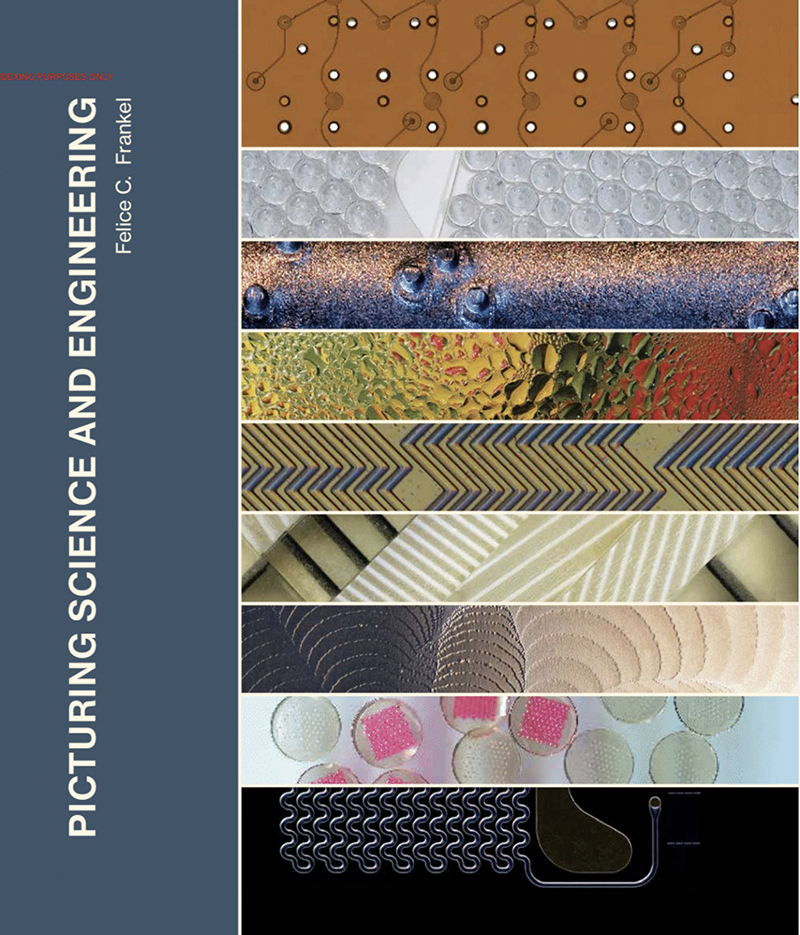
Believing is seeing. The role that image makers have in the fields of science and engineering is more vital, especially now. Felice C. Frankel has been in the forefront of making science and engineering visually explicable and her new book Picturing Science and Engineering (MIT Press) is an important and thorough study of photographic visualization. Design is a player but in this book she’s focused on photography. The reason is simple (well, kind of): “Most of research in engineering and science that we can see is captured in photographs,” Frankel explained to me in a recent interview. “When material is on a small scale, where photons cannot do the job (as in the nano world), electrons are used. Those images are not formally considered ‘photographs’, however composition and other aesthetic decisions should still apply.”
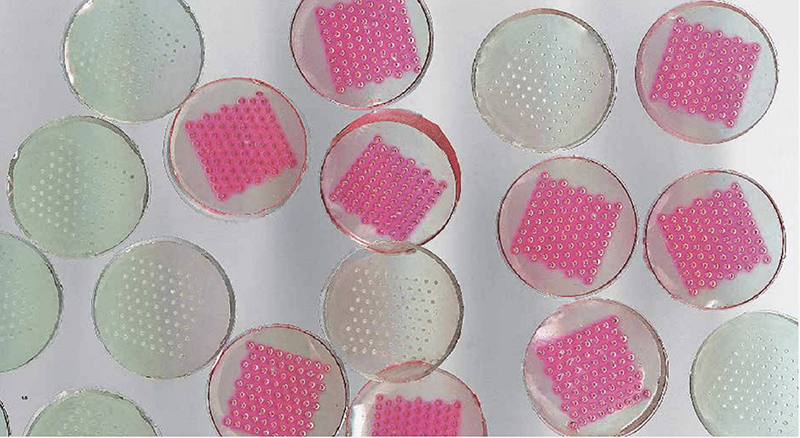
The book is a guide to making visuals for all aspects of scientific documentation. But I wondered whether photography is central because photographs provide a more realistic outcome? The idea of reality seemed to touch a nerve.
“The question of reality is much too complicated for the following reason,” she says. “Whenever you use a piece of equipment to capture what is there, you are already tweaking that reality. The instrumentation, in our case a camera, by its nature already makes adjustments in the process. And so do we, as we decide on framing and when to make an image. We can say that reality has been adjusted by our decisions.”
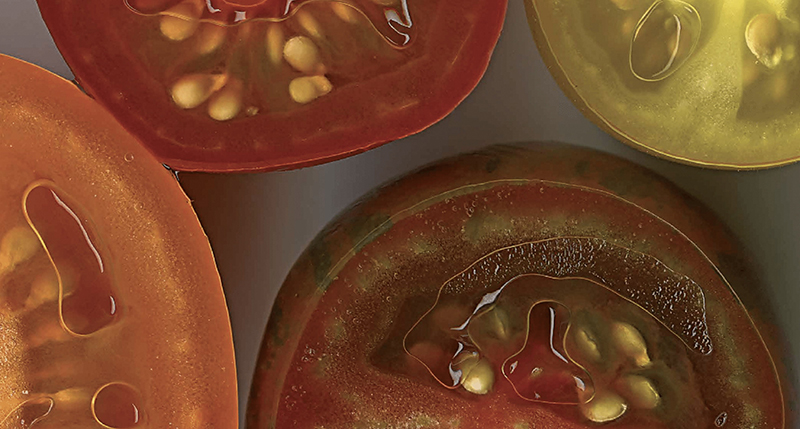
Frankel says she has always been a visual learner. Entering the world of science was the obvious path for her, having received a BS in Biology and after graduation started working in a cancer research lab at Columbia University. However, landing in the role that she plays now, as a science photographer, didn’t happen until many years later at Harvard’s Graduate School of Design as a Loeb Fellow.
She worked as an architectural photographer. “I invited myself to a laboratory while I was on campus and started making science pictures,” Frankel recalls. “After my first attempt got on the cover of Science Magazine, it was clear to me that was the direction in which I should be heading.” At that point she used a macro lens on her Nikon to capture close-up phenomena in the lab. Later she expanded to microscopy.
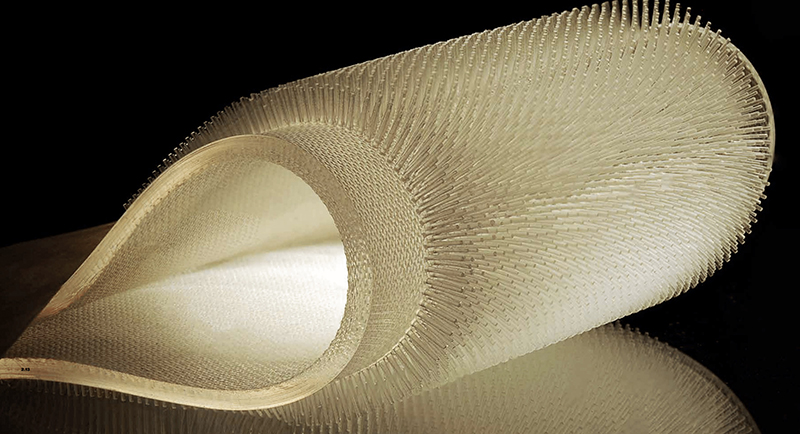
Then came the digital imaging revolution. With the ease and quickness of digitally capturing images it is possible to immediately see what is captured and correct the problem by making another image on the spot. “That new ability, however, is double-edged,” she adds. “On one hand, I have found I am more creative now, knowing that I can take more chances. If it’s not right, I can simply delete it. And I can always tweak the image in post-production if need be. However, and this is important, in science we have to be VERY careful about tweaking images. Doing so might be changing the data which is most often simply not permitted. For journal cover shots, a little of digital ‘cleaning’ is permitted, but that’s about it.” Since Frankel states this subject is not discussed enough, she has a chapter devoted to it in the book.
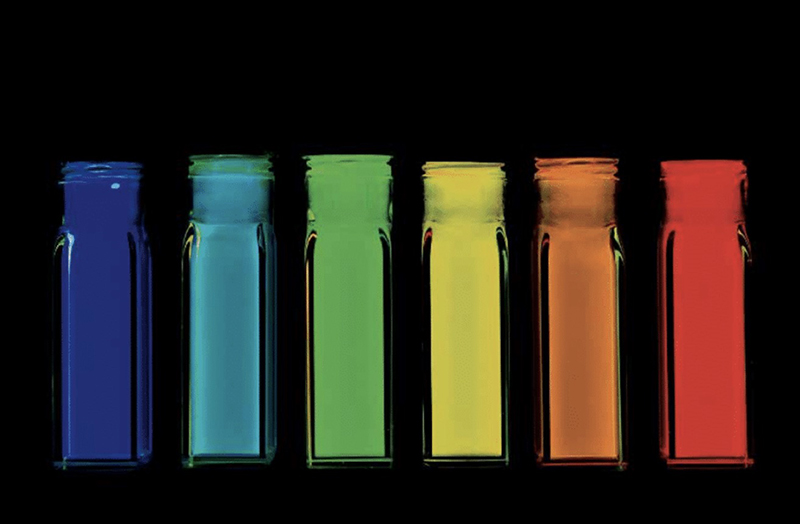
Frankel told me she wrote the book for several reasons. Most important is to encourage researchers and others who will read it “to learn to see.” Making an image is whole different process “than just looking,” she injects. “When you are serious about capturing a certain moment (or anything for that matter), for the purpose of showing and explaining to others, you attend to that moment differently. You pay attention to what is in the frame. You decide what is the most significant piece within that frame and compose the picture with that in mind— or at least you should! And just as important, I want to introduce to the research community the notion that their images should be technically right and more than good enough—raising their standards.”

Frankel’s mission is documenting science. “The ‘artistic’ component, if you want to call it that, is already there,” she says. “I just use simple techniques in composition and framing to make that documentation more accessible, more beautiful. (More aesthetic?). I want the viewer to pay attention to what they are seeing and to make them comfortable enough to ask questions.”
The book is billed as a specialized guide yet everything describes therein is applicable to any kind of photography. Frankel even shows some pointers on how to use your phone camera to make food images. “No matter what one is trying to capture, the technical and aesthetic decisions you should be considering are basically the same. Oh and by the way, I wouldn’t mind if the reader sees how beautiful science can be while they view some of my more successful pictures.”
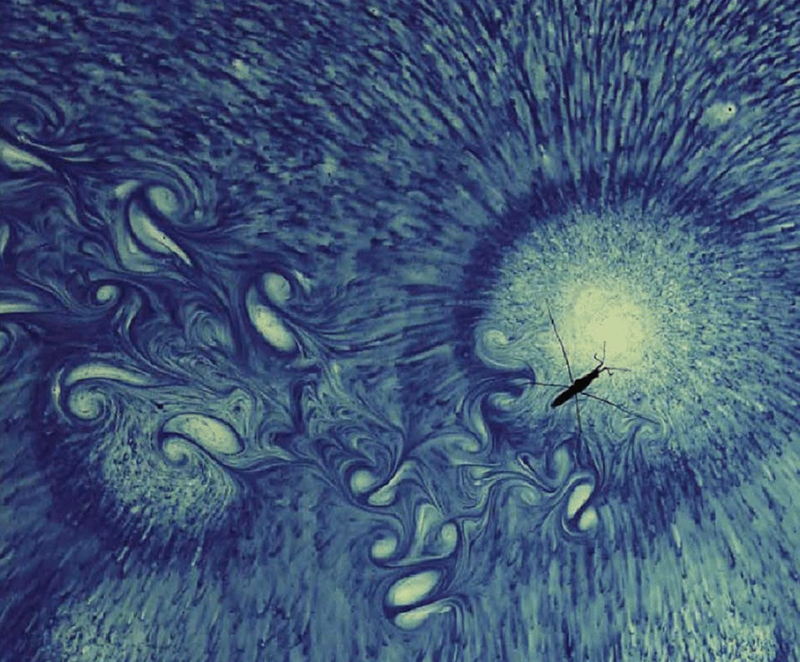
Still, I wondered whether the scientist Frankel would call what she does recording the truth or capturing an impression? “Gulp. A wonderful question which hearkens back to the question of reality,” she says. “Can't an impression be truthful, keeping in mind that a photograph is a moment in time? For someone wrapped up in the world of science, I often question what exactly any of us are seeing. Are you seeing the same colors as I, for example? And how would I know? I remember some time ago when I photographed some gels infused with fluorescing material. At the time, I was using film. It happens that the film I used didn’t record a particular orange wavelength and the resulting image did not appear the way I saw the material. The area that was supposed to be orange appeared to be blue in the slide. The film’s ‘reality’ was not the truth.” So, she digitally changed the image to represent what her eyes saw.One might say that the altered image was more truthful than the original film image. Altering images is a serious topic in science and is not discussed enough. “The question I ask my colleagues is this—was I permitted to alter that image? It’s complicated, as is pretty much everything.”
